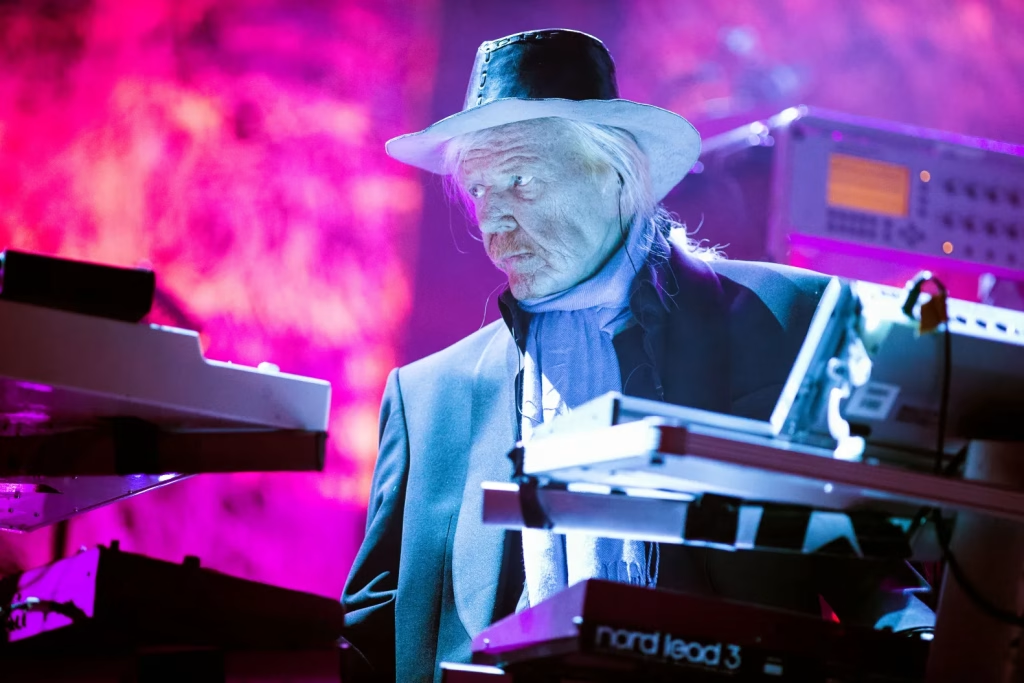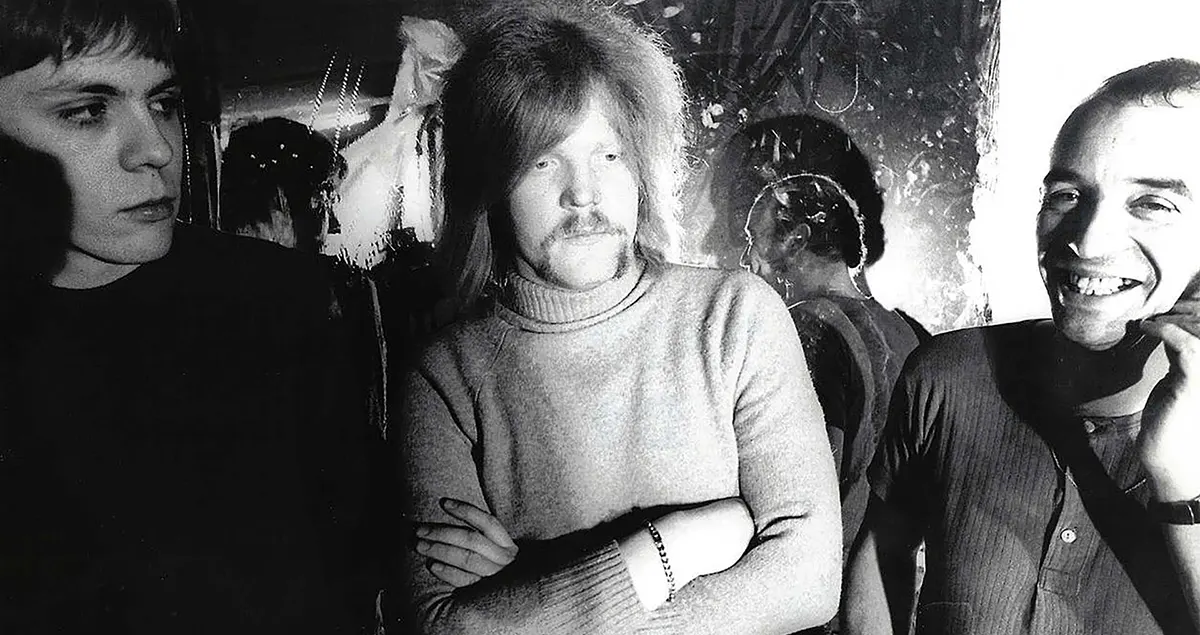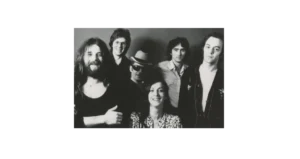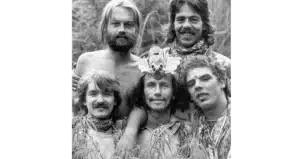Tangerine Dream: A Legend of Electronic Music
Formation Year and Country
Tangerine Dream was founded in 1967 by Edgar Froese in Berlin, Germany. The band is considered one of the pioneers of electronic music, having profoundly influenced the music world, especially in the 1970s, with its unique style. Tangerine Dream has released numerous albums over the years and composed music for several films, contributing to their international fame.

Members
Tangerine Dream underwent several lineup changes throughout its history. However, the founder and longest-standing member, Edgar Froese, remained the driving force behind the group’s creative vision. Here are some key members of the band:
- Edgar Froese (synthesizers, guitar, vocals): Froese was the founder and the creative force behind the band. He was responsible for Tangerine Dream’s musical direction and remained the sole constant member of the band.
- Klaus Schulze (drums, electronic instruments): Klaus Schulze was an important member during the early years of the band. He later pursued a solo career, but his contributions were essential to the band’s initial sound.
- Christopher Franke (synthesizers, drums): Franke joined in the 1970s and played a significant role in shaping the band’s electronic sound. He was a key figure in Tangerine Dream’s sound development.
- Peter Baumann (synthesizers): Baumann joined in the 1970s and played a pivotal role in the evolution of the band’s sound.
- Jerome Froese (synthesizers, guitar): Jerome Froese, Edgar’s son, joined the band in the 1990s, continuing the legacy of Tangerine Dream’s music.
Musical Style and Themes
Tangerine Dream is known as one of the earliest bands to popularize electronic music. They extensively used synthesizers, drum machines, and analog equipment, becoming pioneers in the realms of ambient music, krautrock, and the Berlin school of electronic music.
Musical Characteristics:
- Use of Synthesizers and Electronic Instruments: The band is known for its heavy use of synthesizers and electronic instruments, which set them apart from many other bands of their era. This sound is often characterized by long, atmospheric, and ethereal passages.
- Atmospheric and Instrumental Structures: Tangerine Dream is known for its atmospheric compositions, where music often lacks vocals, and the focus is on sonic textures and electronic sounds.
- Improvisation and Avant-garde Approach: The band was recognized for its improvisations and avant-garde approach to music, giving their work a unique and often unpredictable character.
Key Albums
Tangerine Dream has released numerous influential albums throughout their career. Below are some of their most iconic albums:
“Phaedra” (1974)
“Phaedra” is often considered one of the band’s most influential albums and was crucial in the development of ambient music. This album marks the transition to a more electronic and atmospheric sound.
- Notable Tracks:
- “Phaedra”: The title track is one of the band’s longest and most iconic, featuring repetitive, ethereal synthesizer patterns.
- “Mysterious Semblance at the Strand of Nightmares”: This track exemplifies the atmospheric style characteristic of Tangerine Dream.
“Rubycon” (1975)
“Rubycon” is another landmark album, often regarded as one of the band’s most important works in the electronic music world. It features long compositions that helped solidify Tangerine Dream’s role as a leader in the Berlin school of music.
- Notable Tracks:
- “Rubycon Part One” and “Part Two”: Both parts of this track are lengthy and feature complex, electronic textures that are quintessential to Tangerine Dream’s sound.
“Stratosfear” (1976)
“Stratosfear” is an album where Tangerine Dream incorporated more melodic and structured elements into their music while still maintaining their electronic roots.
- Notable Tracks:
- “Stratosfear”: The title track shows the band’s evolution toward a more melodic approach, while still maintaining strong electronic elements.
Interesting Facts
- Film Scores: Tangerine Dream not only released albums but also composed music for famous films such as Risky Business (1983) and The Sorcerer (1977). Their music in these films is praised for its atmospheric quality and ability to enhance the visual experience.
- Berlin School: Tangerine Dream is one of the founders of the Berlin School of electronic music, a movement known for its repetitive structures, ambient sounds, and experimental approach to sound.
- Synthesizer Legends: The band initially used analog synthesizers that became foundational for many other electronic musicians to come.
Conclusion
Tangerine Dream stands as one of the most influential and innovative bands in the history of electronic music. Through their pioneering use of synthesizers and electronic instruments, they paved the way for countless other artists and musical movements. The band left a lasting musical legacy with atmospheric sounds, improvisations, and avant-garde approaches that continue to influence contemporary music. They are a legendary group that created music not only iconic but also timeless.





